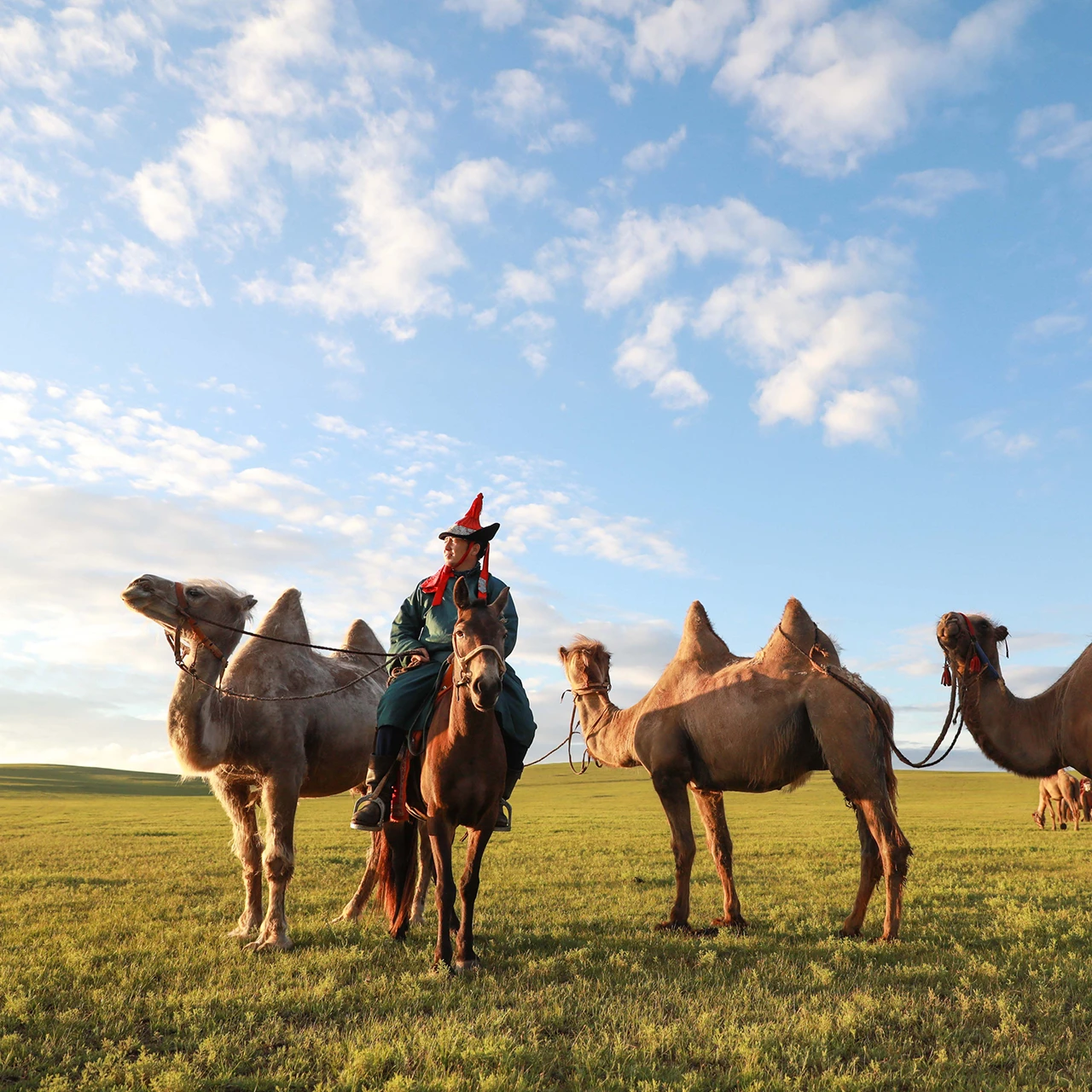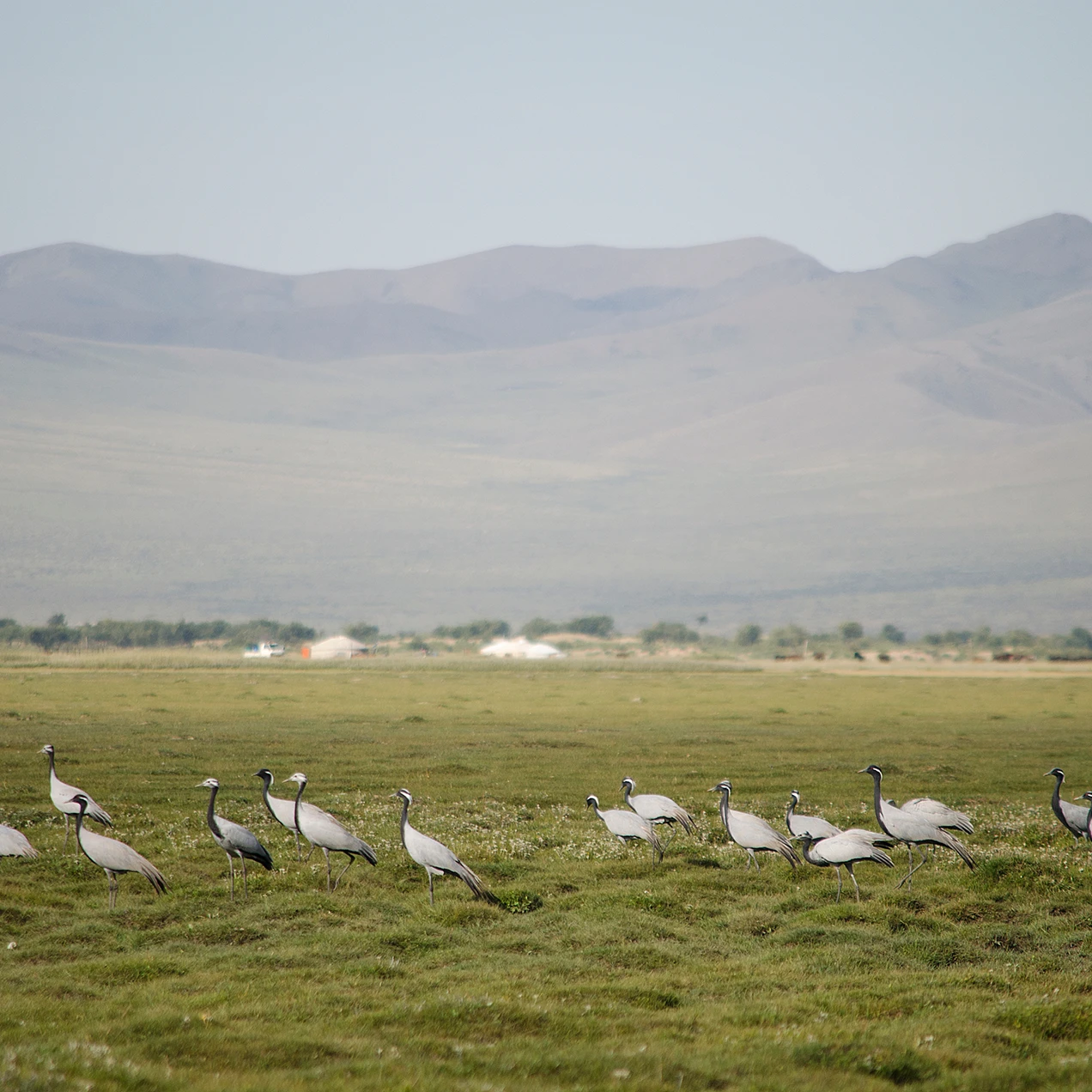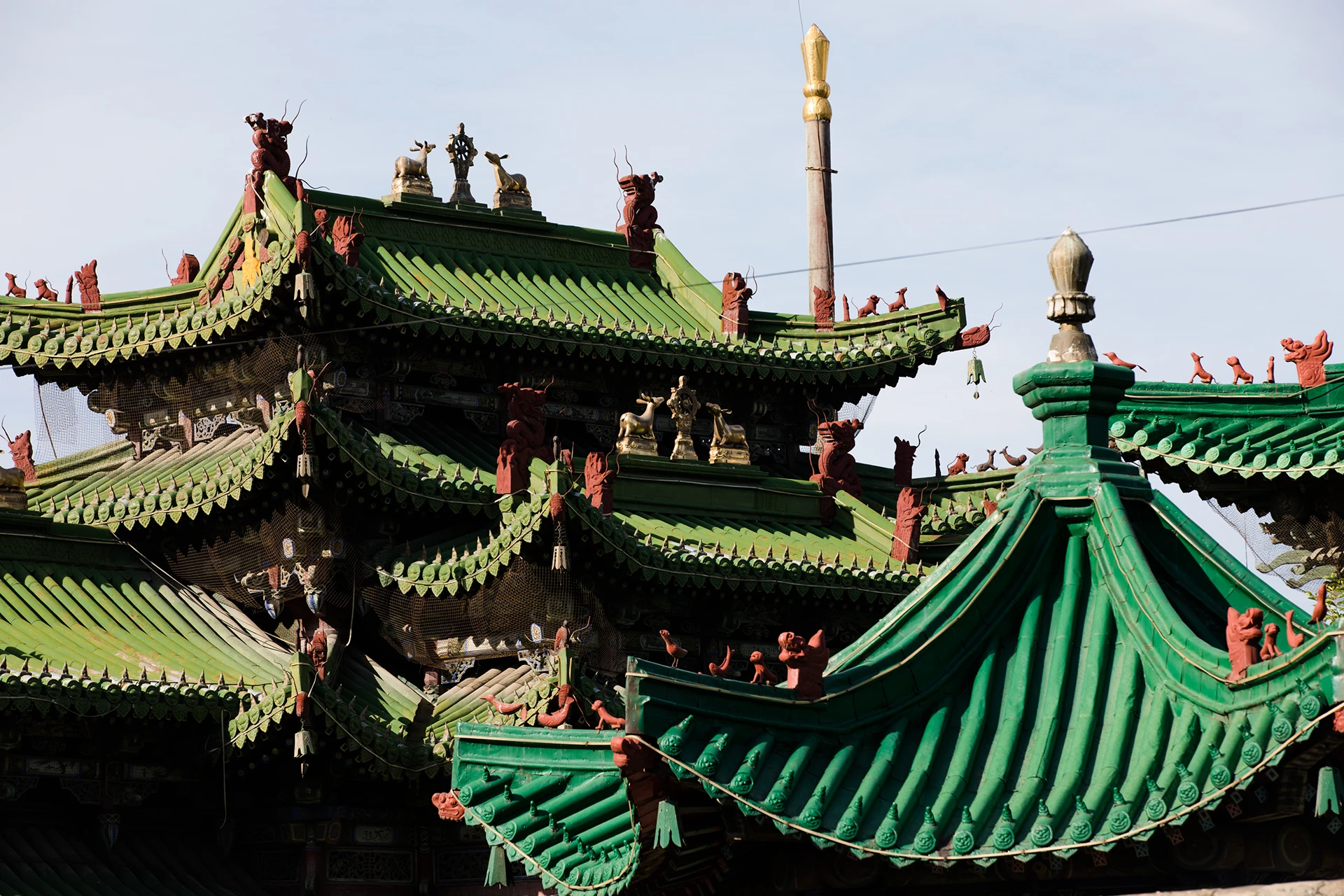ESSENTIAL INFORMATION
Mongolia is a vast, sparsely populated land of dramatic contrasts — grasslands, mountains, and the Gobi Desert. At its heart lies Ulaanbaatar, a vibrant capital where tradition and innovation meet beneath endless blue skies.
Weather
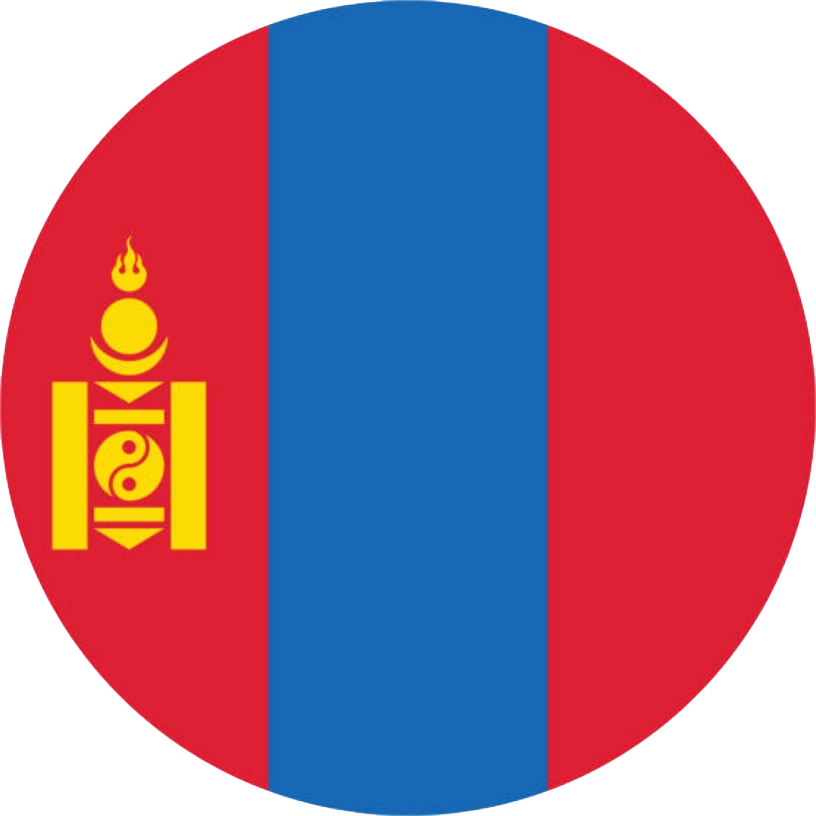
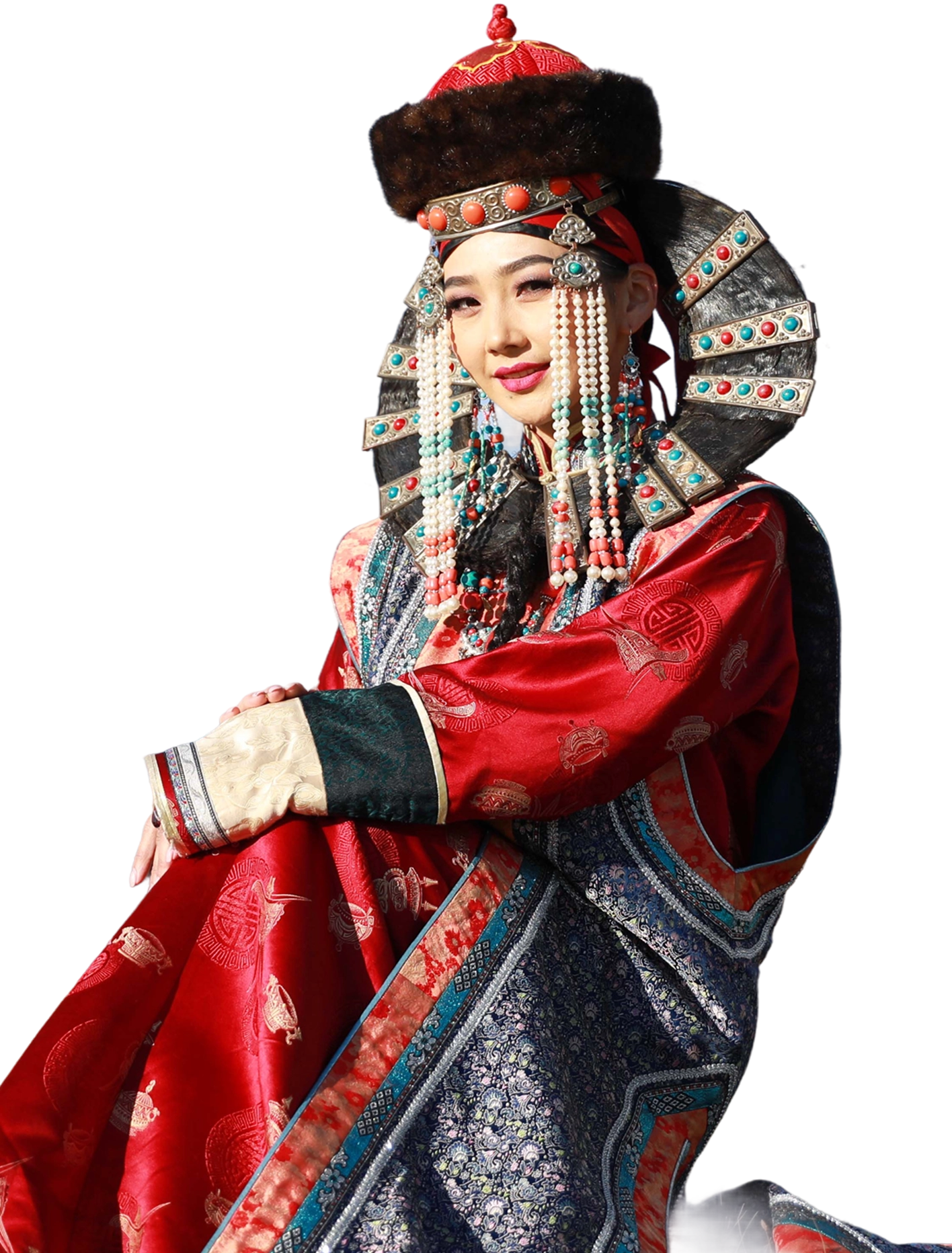
Capital City
Ulaanbaatar
Writing System
Mongolian Cyrillic
Demographics
Mongol
Kazakh
Other
Religion
Buddhism
Islam
Shamanism
Currency & Payment
Official Currency:
Mongolian Tögrög (MNT)
Tax-Free Shopping in Mongolia: Good news for shoppers: Foreign visitors can now enjoy tax-free shopping under Mongolia’s VAT refund system. Click here for all the details: https://en.ulaanbaatar-airport.mn/tax-refund
Payment Methods: Credit cards are widely accepted in Ulaanbaatar and other major cities. However, in more remote areas, cash is still king. Apple Pay is available, but Samsung Pay is not yet in use here.
Tipping Culture in Mongolia: Tipping isn’t expected, but it’s appreciated if you’ve received great service. In more rural or nomadic areas, a small gift like food or souvenirs can be a thoughtful alternative to cash.
Official Currency:
Mongolian Tögrög (MNT)
Payment Methods: Credit cards are widely accepted in Ulaanbaatar and other major cities. However, in more remote areas, cash is still king. Apple Pay is available, but Samsung Pay is not yet in use here.
Tax-Free Shopping in Mongolia: Good news for shoppers: Foreign visitors can now enjoy tax-free shopping under Mongolia’s VAT refund system. Click here for all the details: https://en.ulaanbaatar-airport.mn/tax-refund
Tipping Culture in Mongolia: Tipping isn’t expected, but it’s appreciated if you’ve received great service. In more rural or nomadic areas, a small gift like food or souvenirs can be a thoughtful alternative to cash.
More To Know
Visa and Entry Requirements

Traveling to Mongolia? Citizens of 34 countries can visit visa-free for up to 30 days. If your country isn’t on the list, don’t worry — you can easily apply for an e-visa online.
For a full list of eligible countries and more information, visit the e-visa application page.
Language & Communication

Mongolia’s language is part of the adventure:
- Official Language: Mongolian
- English: Common in hotels, tourist spots, and among young people.
Want to connect with the locals?
Here are a few handy phrases:
- Hello: “Сайн байна уу” (Sain baina uu)
- Thank you: “Баярлалаа” (Bayarlalaa)
- How much is this?: “Энэ хэд вэ?” (Ene hed ve?)
Internet & Connectivity

Staying connected in Mongolia is easy:
- SIM Cards: Available at the airport and major shopping centers (Mobicom, Unitel, Skytel).
- Wi-Fi: Free in most hotels, cafes, and some public spaces.
- VPN: Unnecessary but unrestricted if you’d like to use one.
Emergency Numbers

In case of an emergency, keep these numbers handy during your time in Mongolia.
- Police: 102
- Ambulance: 103
- Fire: 101
- Tourist Hotline: +976 1900 1234
Electrical Outlets

Plug Type: Type C & E (European-style round pins).
Voltage: 220V / 50Hz
Smoking Areas

Smoking indoors is only permitted in designated areas. It’s strictly prohibited on public transport, in entertainment venues, restaurants, bars, workplaces, and public service buildings. Always look for signs to know where smoking is allowed.
GET AROUND
What You Need to Know
Getting around in Mongolia is an adventure of its own, especially in Ulaanbaatar, where most of the country’s population lives. Whether you’re navigating the city or exploring the countryside, here’s what you can expect.
Public Transport in Ulaanbaatar
Read more

Ride-Hailing and Taxi Services
Read more
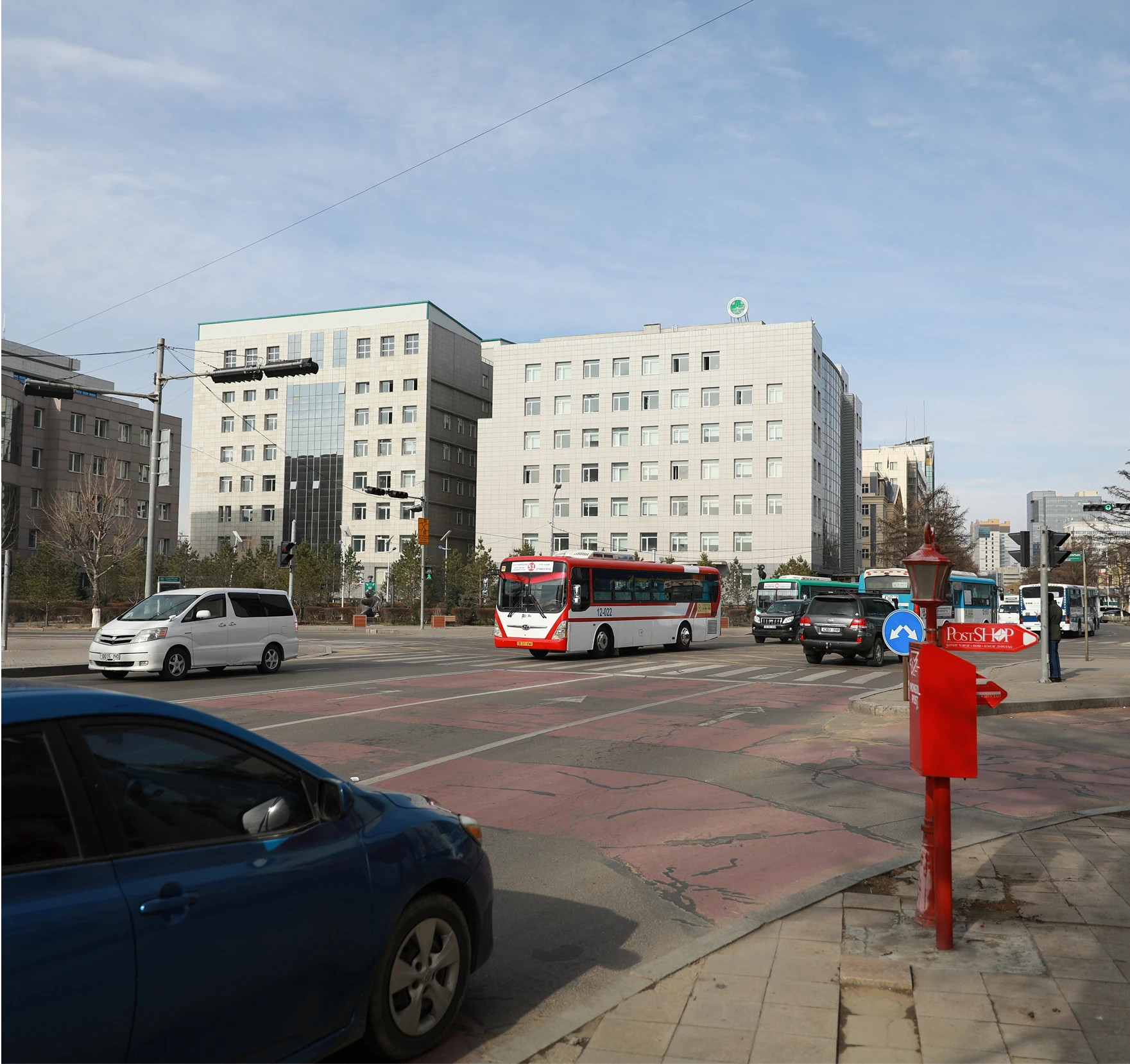
Driving & Car Rental
Read more
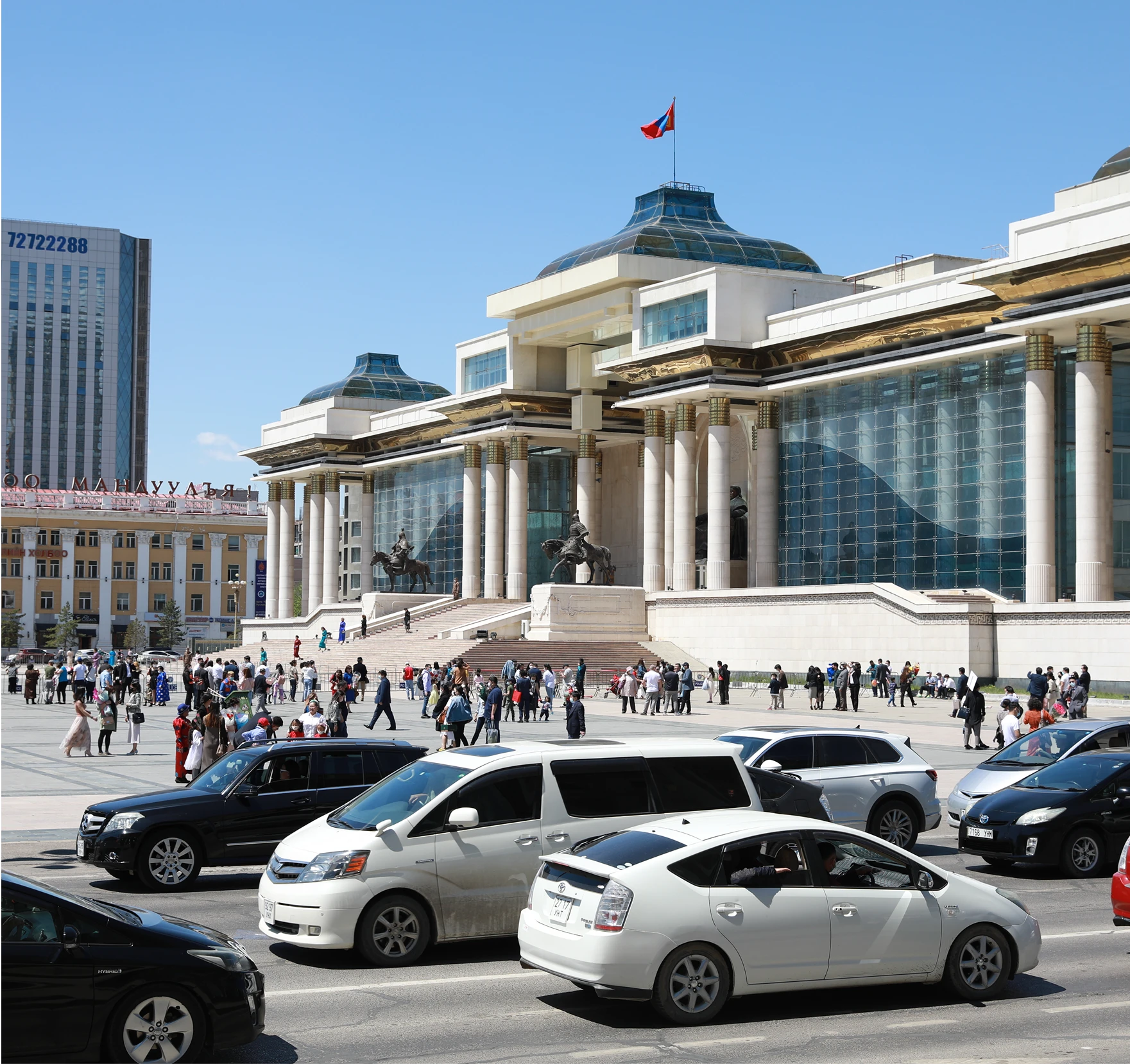
Road Travel Outside Ulaanbaatar
Read more
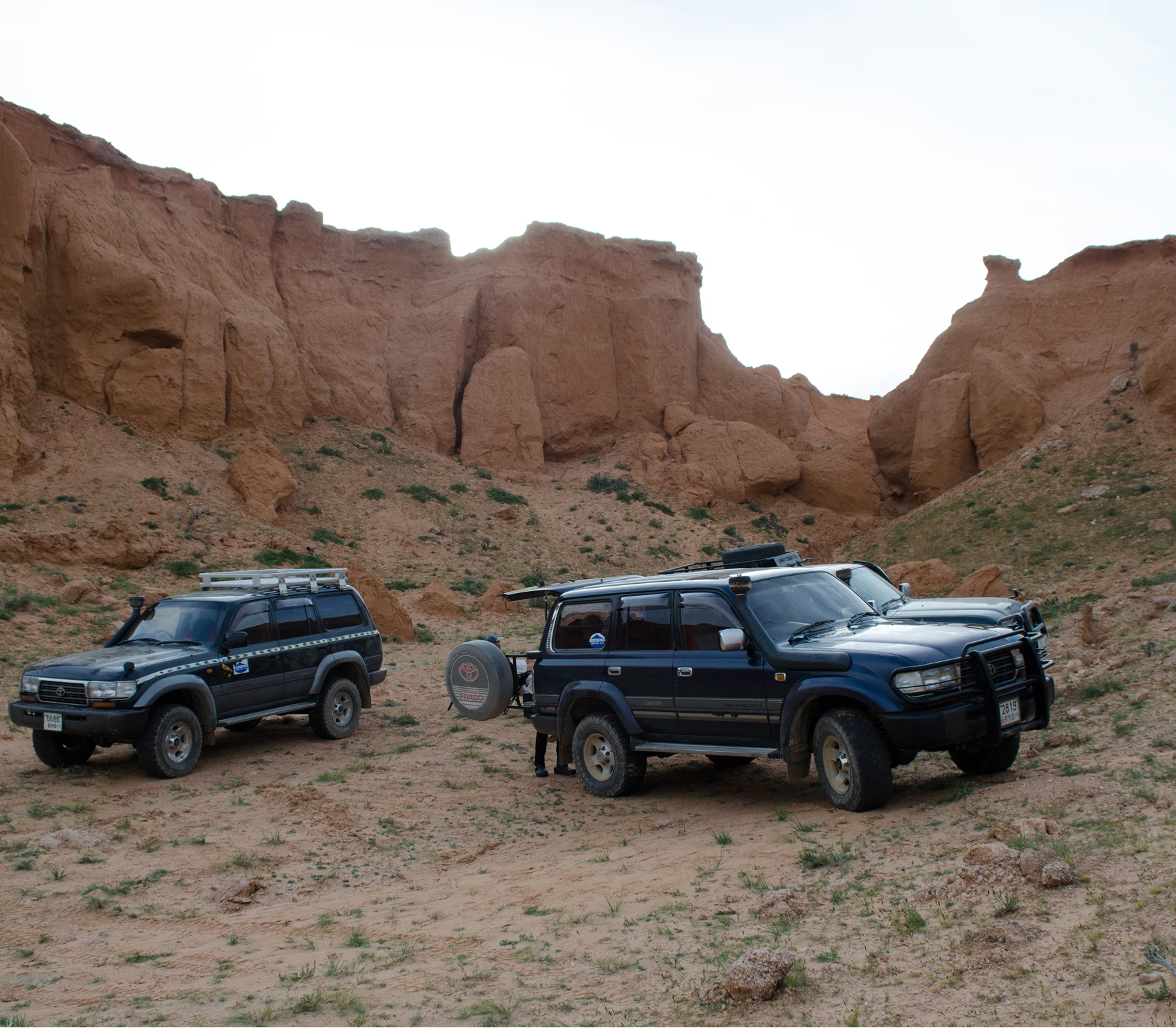
Flights
Read more

Trains
Read more

SUSTAINABLE TOURISM
Mongolia is on a journey to ensure that tourism enriches both the land and its people. We’re committed to preserving the beauty and culture of our vast landscapes while supporting the communities that call them home. Here’s how we’re making it happen.
UNESCO COLLABORATION
In partnership with UNESCO and funded by Rio Tinto Mongolia, the "Promoting Sustainable Tourism in Mongolia Through UNESCO Cultural and Geo Heritage" project is improving the management of UNESCO-designated sites. It ensures that local communities share in the benefits of tourism while preserving Mongolia’s rich heritage.
ASIAN DEVELOPMENT BANK (ADB) SUPPORT
Through the Sustainable Tourism Development Project (Phase 2), ADB is helping three western Mongolian provinces focus on eco-friendly practices, community benefits, and resilience in the post-pandemic world.
GOVERNMENT REGULATIONS FOR RESPONSIBLE TOURISM
Aligned with the Global Sustainable Tourism Council (GSTC) framework, Mongolia’s government is promoting responsible tourism practices, including limiting visitor numbers in sensitive ecological areas and supporting eco-friendly accommodations.
COMMUNITY BASED TOURISM
Rural communities are seeing the benefits of tourism through initiatives that provide income, support local businesses, and encourage sustainable living. Tour operators partner with these programmes, reinvesting profits to improve education, healthcare, and infrastructure in remote areas.




